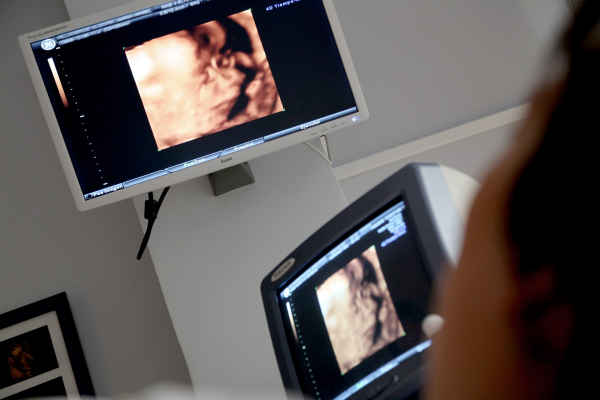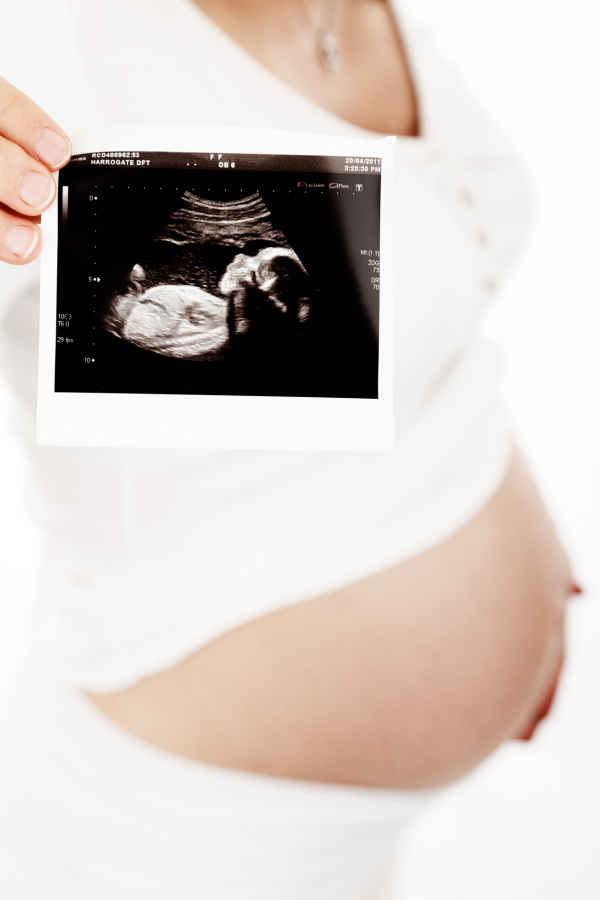
The Most Accurate Ways Of Predicting Your Baby’s Gender

Image Credit: Aayansh Pandey
Pregnancy is such an exciting time, and many mothers-to-be are impatient to know all about their baby – what will they look like, how tall will they be and of course, will they be a boy or a girl.
There are lots of ways fun and unscientific ways to predict the gender of your baby that have been around for centuries – here are just 17 old-fashioned and traditional ways that you can predict the sex of your baby at home. They are all just a bit of fun and should not be taken seriously!
However science has come to the rescue and it is now possible to identify the sex of your baby more accurately before it is born. Some of the methods listed here are described as up to 99% accurate. 
Of course no method would ever describe itself as 100% accurate, as any technique may be subject to a small amount of error, as they all require some human input, and we are all fallible, aren’t we?
So here are the most accurate ways of knowing your baby’s gender before they are born.
Ultrasound at 20 Weeks

Image Credit: MedicalPrudens
In most parts of the world, expectant mothers have two ultrasound scans during their pregnancy.
Ultrasound or sonography is a very safe way of examining your unborn child. It is non-invasive and using the echoes of sound waves.
The echoes are reflected differently depending on the density of the material that they are passing through, and they can be used to create an image of living material. As well as checking up on you baby it can also be used for viewing the workings of the heart, for example.
The first ultrasound scan, carried out at around 12 weeks, is known as the dating scan. It is used to confirm the baby’s due date. Your sonographer, in general, will not be able to identify the baby’s sex this early in your pregnancy as the genitals will not be sufficiently developed.
By the time of the second scan, carried out at around the 20 week mark, the genitals will have formed and, assuming that baby is lying at the right position, your sonographer should be able to see whether the baby is a girl or a boy. At this stage the gender can be known with up to 99.9% accuracy.
The Nub Theory

Image Credit: falco
If you are little more impatient, The Nub Theory is a method of identifying the sex of your baby which can be done as early as your 12 week scan.
This is not offered by the NHS so will need to be accessed privately at your own expense. The businesses who offer this service will use the image which you are given at your 12 week scan and look at the nub which is forming between baby’s legs.
This nub is what will go on to either be the penis or the clitoris.
It is thought that the angle that this ‘nub’ lies at with respect to the spine will give you the answer to the baby’s gender. If the angle is more than 30º it is a boy, less than that and you are having a girl.
Research has shown that The Nub Theory may be accurate in up to 87% of cases. Some companies claim much higher success rates, but without proper scientific research to back this up. You can send the 12 weeks scan image and the companies that offer this service will give you an answer within a few hours. In the UK the service costs around £12 at time of writing.
However there are lots of things that may affect the accuracy of this method, so it would probably still be a bit early to start painting the nursery either pink or blue, based on the result of this test.
The Ramzi Theory

Image Credit: PDP
The Ramzi Theory, developed by Dr. Saam Ramzi Ismail, uses the position of the developing placenta to identify the gender of a foetus. This is a very early test, as it needs to be carried out between 5 and 8 weeks of pregnancy.
The theory is that at this early stage the placenta is located on the left side of the uterus in girls and the right side of the uterus in boys at this early stage of pregnancy.
Since it is quite unusual to have a scan at this early stage of pregnancy, you would need to have a scan much earlier than those offered by the NHS, which would have to be carried out privately at your own expense.
Companies that offer Ramzi Theory gender identification currently claim an approximately 80% accuracy level. Like the Nub Theory, you send your scan image to a company who will email you your result within a few hours. The test costs around £12, but remember this is on top of the cost of getting a private scan carried out at this early stage in your pregnancy.
Skull Theory

Image Credit: Kelly Sikkema
The final test that is based upon your ultrasound examination is the Skull Theory. At time of writing there does not appear to have been any scientific studies carried out to substantiate the accuracy of this method, however there are claims of between 70% and 95% accuracy for this gender prediction technique.
Once again you can use your 12 week scan image for this method. Basically, it the skull looks sort-of square, it is a boy, while if the skull appears more rounded the baby is a girl.
You might be able to see this for yourself, however once again there are businesses who will offer this service for around £12, if you send them your 12-week scan image.
Cell-free DNA testing

Image Credit: Wayne Umoh
Cell-free DNA testing is a technique that was originally developed used for the detection and characterization of some cancers and to monitor cancer therapy. It was then discovered that it could also be used to examine foetal DNA to identify the likelihood of a baby carrying the genes for many genetic disorders.
This test is not routinely offered to pregnant women in the UK, but is available privately. It is a non-invasive test as it involves simply taking a sample of blood from the pregnant mother, and is usually carried out after 10 weeks.
Private practitioners will only offer the test as part of a test package which will also include private scans. The cost of this is usually starts at around £500.
Test carried out by the NHS will only identify the sex of a baby where there is the possibility of a genetic condition which is only passed down via one particular sex. Private clinics may offer gender identification as part of the test package, so do check before you book.
As this test is not primarily intended to find the sex of your baby, and there does not appear to be any figures available for the accuracy of it as a gender prediction test at this time.
To sum up, there are a couple of almost 100% accurate ways to identify the sex of your unborn child, along with some other techniques which can give you an answer with over 80% accuracy. In general the further you are into your pregnancy, the more accurate the result will be.
If you are particularly hoping for either a boy or a girl, here are the factors that decide what gender your child will be, and what you can do to influence the sex of your baby.
Read More
- Chinese Gender Predictor Chart 2024
- Free Pregnancy Printables That Will Keep You Organised For The Whole 9 Months!
- Mayan Gender Predictor Calculator
Recent Posts
Here's what's new on eParenting